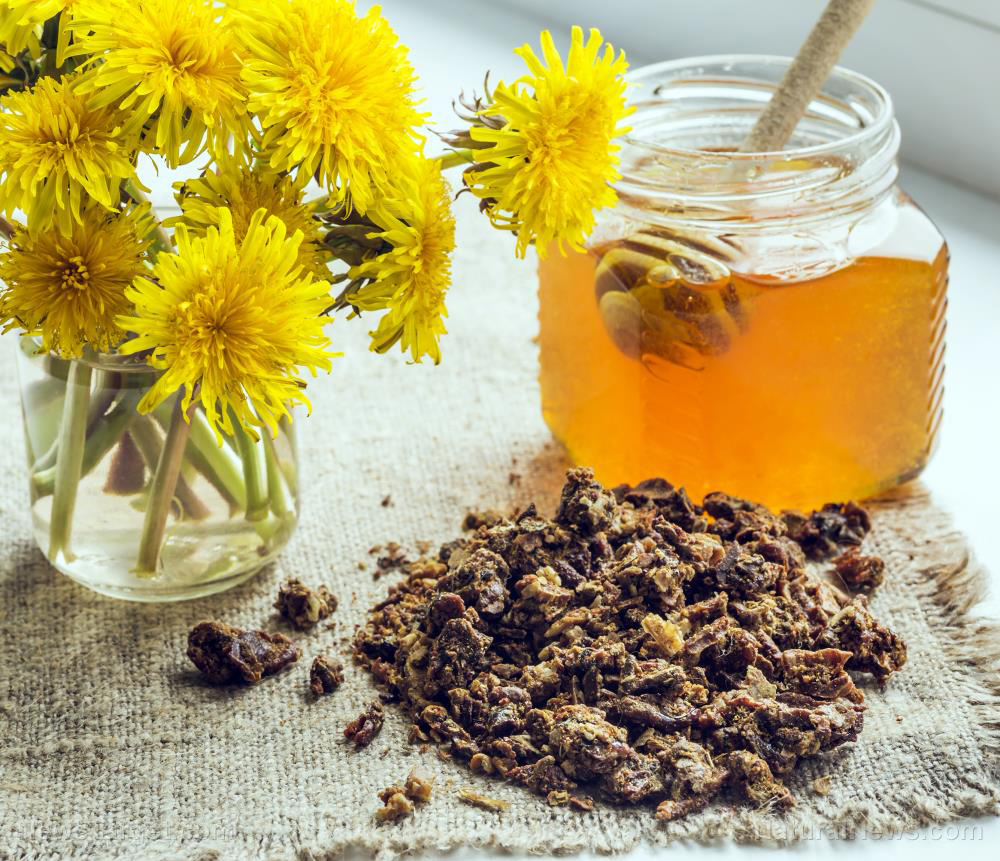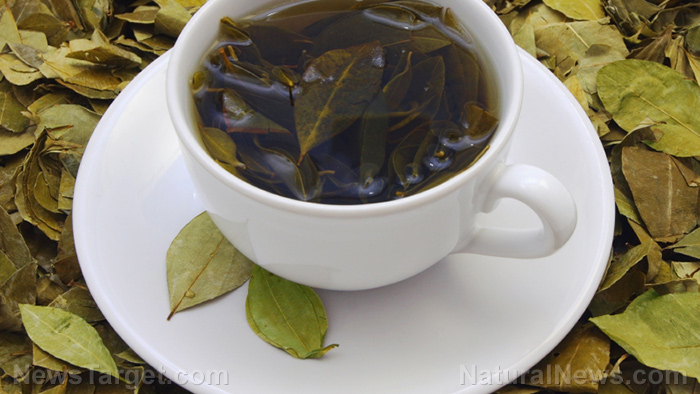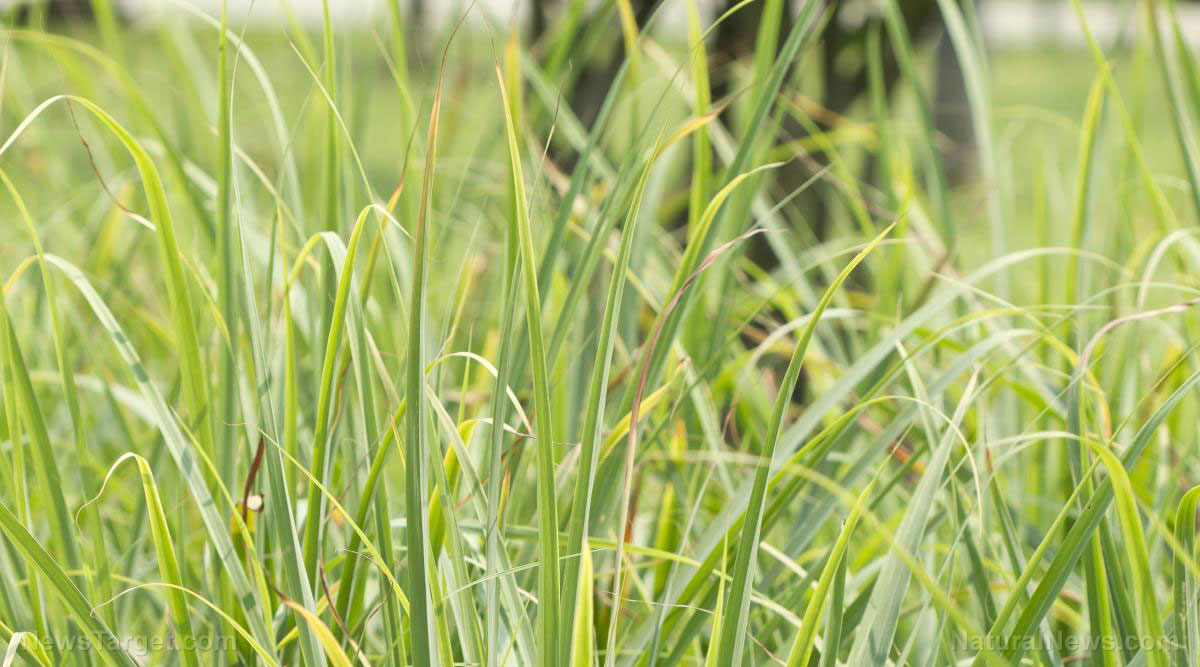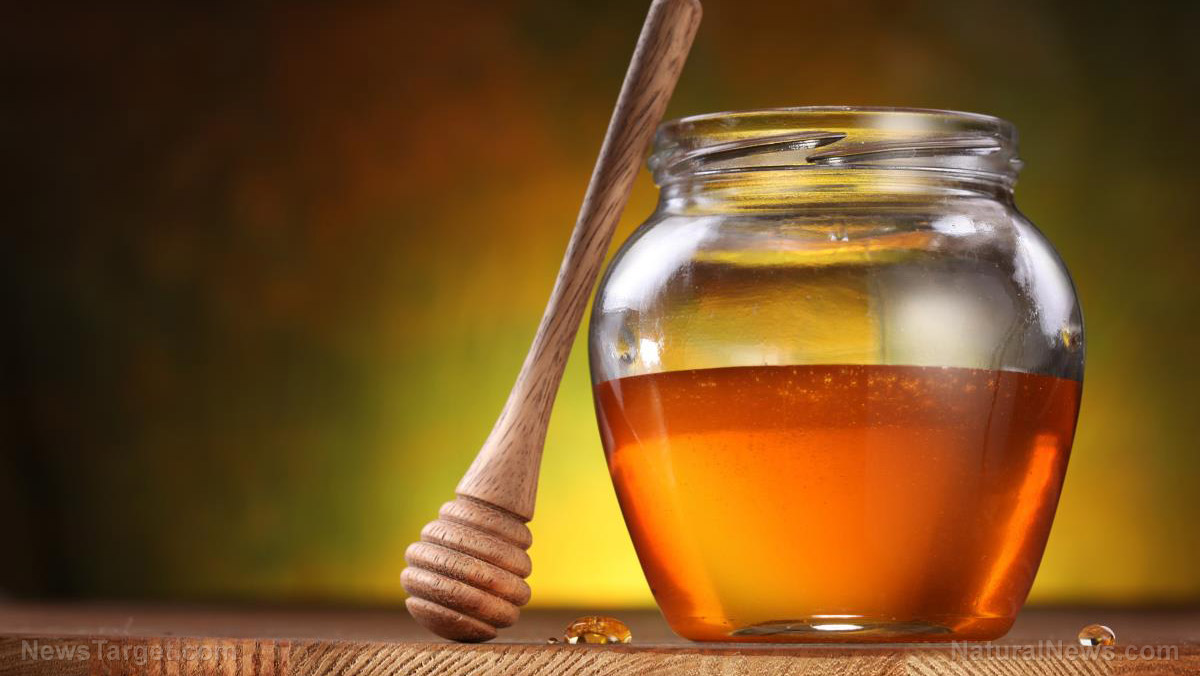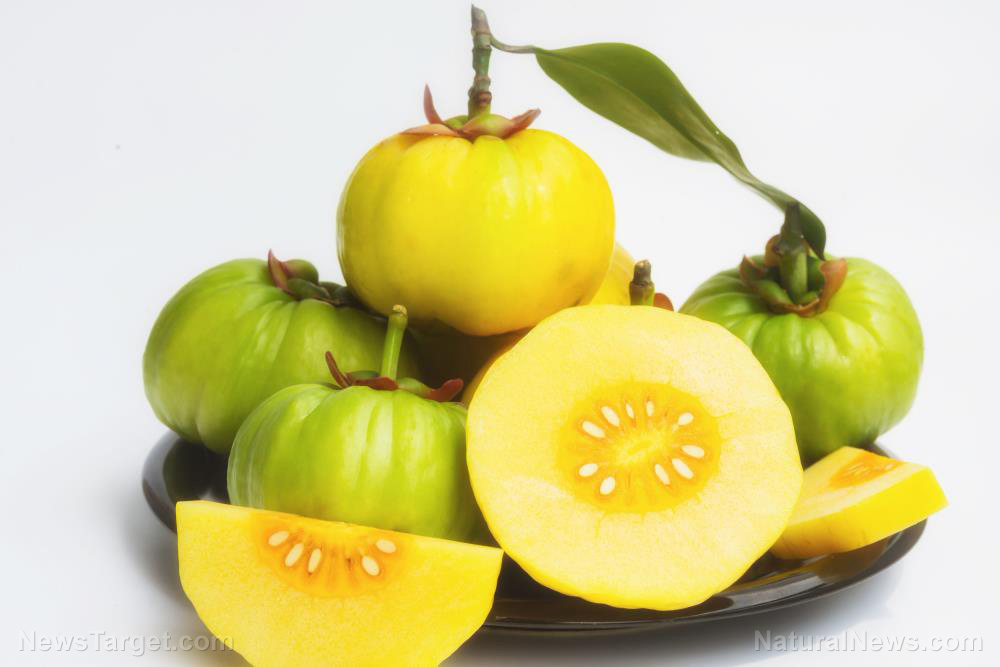Coconut shell liquid smoke can be used to promote burn wound healing
12/04/2018 / By Edsel Cook
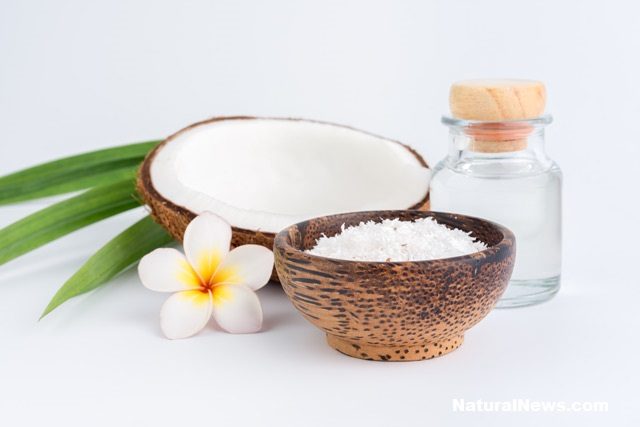
Liquid smoke made from coconut shell has drawn attention for its traditional use as a healing aid for injuries such as burns. Indonesian researchers constructed an animal model to test its efficacy on burn wounds, which is one of the most common and serious injuries encountered during accidents and disasters.
Universitas Padjadjaran supported the research. They published their findings in the Journal of Evidence-Based Complementary & Alternative Medicine.
- Burn wounds were induced upon mice. They were grouped according to the treatment they would receive: The control group that received a salt solution, the povidone-iodine group, and the coconut shell liquid smoke group.
- Each substance was topically applied upon the wound. All three groups were evaluated for the rate at which their wound closed. The number of fibroblasts in the tissue was also counted.
- Of the three groups, the coconut shell liquid smoke group demonstrated the highest number of fibroblasts. Wounds treated with this plant-based substance also closed the fastest.
- Fibroblasts are cells in connective tissues that produce fibers such as collagen, which is used to repair the damage. The more of them are present in the wound, the faster the wound closed.
- The liquid smoke appears to increase the number of fibroblasts present in the wound area. This in turn correlated to faster wound healing.
Based on their findings, the researchers believed that coconut shell liquid smoke could be developed into an alternative topical treatment for burn wounds. They recommended further experimentation to determine the active ingredients responsible for the healing process.
The full study can be viewed on this page. If you are now curious about common, cheap, and effective ways of mending wounds, visit NaturalMedicine.news.
Journal Reference:
Tarawan VM, Mantilidewi KI, Dhini IM, Radhiyanti PT, Sutedja E. COCONUT SHELL LIQUID SMOKE PROMOTES BURN WOUND HEALING. Journal of Evidence-Based Complementary & Alternative Medicine. 2016;22(3):436–440. DOI: 10.1177/2156587216674313
Tagged Under: burn treatment, burn wounds, Coconut, coconut shell liquid smoke, coconut shells, fibroblasts, Wound Healing




